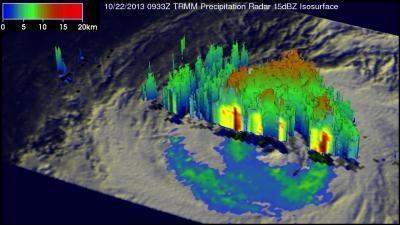COLLEGE STATION, Oct. 23, 2013 — Texas A&M University and the University of Texas at Austin may be former football rivals, but the Lone Star State's two research giants have teamed up to detect the most distant spectroscopically confirmed galaxy ever found — one created within 700 million years after the Big Bang.
The research is published in the most recent edition of the journal Nature.
